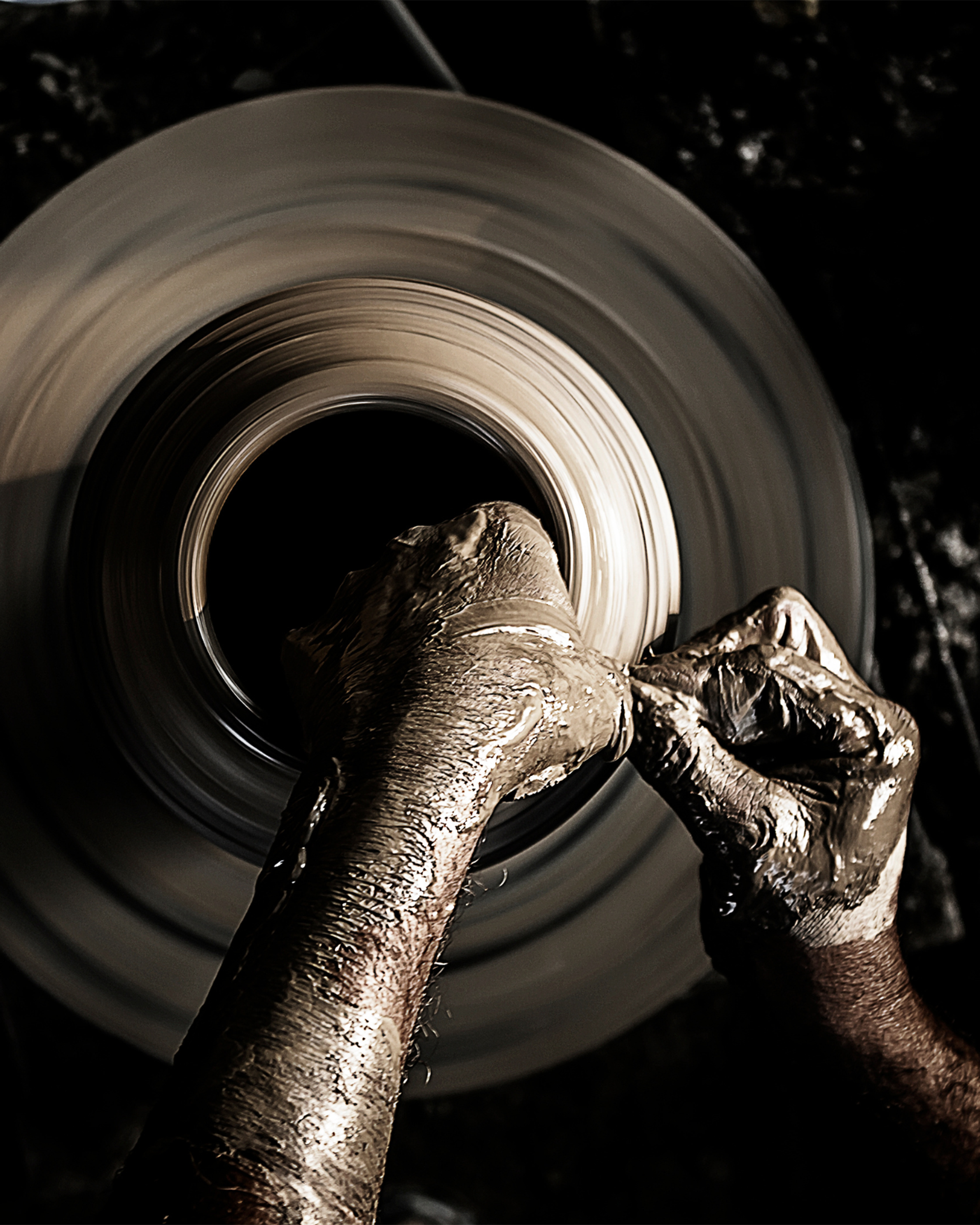Imagine holding an ancient artifact in your hands—a piece of history that has weathered the test of time. As you trace your fingers over its intricate engravings or study its faded colors, you can almost hear the whispers of the past. But to truly understand the significance of an artifact, one must unravel the layers of its context. In this exploration, we delve into the captivating process of contextualizing artifacts and how it unveils the secrets of history.
The Artifact's Journey
Every artifact has a journey—a story of creation, use, abandonment, and rediscovery. Contextualizing an artifact involves understanding its origin, its purpose, and the cultural milieu in which it existed. By tracing these threads, we piece together the puzzle of an artifact's life, revealing not only what it is but also what it represents.
Cultural Significance
Artifacts are never isolated entities; they are part of a larger cultural web. An intricately designed Aztec calendar stone, for example, is not just a piece of art but a testament to the complex calendrical and astronomical knowledge of the civilization. By studying the cultural context, we can decipher the symbolic meanings, rituals, and practices that revolved around these artifacts.
Archaeological Context
Archaeological excavations are like time capsules, yielding artifacts along with the debris of daily life. Layers of soil and sediment can reveal the chronological sequence of human activity. By carefully documenting the position of an artifact within its surroundings, archaeologists gather clues about its use, discard, and the activities of the people who interacted with it.
Social Dynamics
Artifacts are often embedded in social structures, reflecting power dynamics, economic systems, and hierarchies. A medieval coin, for instance, may reveal the ruler's image, indicating their authority. But contextual analysis goes beyond the artifact itself—by examining where and how it was found, historians can infer its role in society and the relationships between different groups.
Technological Advances
Contextualizing artifacts provides insights into the technological prowess of past civilizations. A well-preserved piece of pottery may offer hints about the ceramics industry, including techniques used, trade networks, and the extent of craftsmanship. By studying such context, we connect the dots between material culture and technological advancement.
Unveiling Stories
Contextualization breathes life into artifacts, transforming them from mere objects into vessels of stories. The shards of a broken amphora become witnesses to ancient trade routes, the worn edges of a sword speak of battles fought, and the faded ink on a parchment reveals centuries-old wisdom. Each artifact carries within it the echoes of lives lived.
Ethical Considerations
As we contextualize artifacts, ethical considerations come to the forefront. The act of removing artifacts from their original context can strip them of their full meaning. Balancing the desire to study and share history with the need to respect cultural heritage is an ongoing challenge in the field of archaeology and artifact study.
The Artifact's Journey
Every artifact has a journey—a story of creation, use, abandonment, and rediscovery. Contextualizing an artifact involves understanding its origin, its purpose, and the cultural milieu in which it existed. By tracing these threads, we piece together the puzzle of an artifact's life, revealing not only what it is but also what it represents.
Cultural Significance
Artifacts are never isolated entities; they are part of a larger cultural web. An intricately designed Aztec calendar stone, for example, is not just a piece of art but a testament to the complex calendrical and astronomical knowledge of the civilization. By studying the cultural context, we can decipher the symbolic meanings, rituals, and practices that revolved around these artifacts.
Archaeological Context
Archaeological excavations are like time capsules, yielding artifacts along with the debris of daily life. Layers of soil and sediment can reveal the chronological sequence of human activity. By carefully documenting the position of an artifact within its surroundings, archaeologists gather clues about its use, discard, and the activities of the people who interacted with it.
Social Dynamics
Artifacts are often embedded in social structures, reflecting power dynamics, economic systems, and hierarchies. A medieval coin, for instance, may reveal the ruler's image, indicating their authority. But contextual analysis goes beyond the artifact itself—by examining where and how it was found, historians can infer its role in society and the relationships between different groups.
Technological Advances
Contextualizing artifacts provides insights into the technological prowess of past civilizations. A well-preserved piece of pottery may offer hints about the ceramics industry, including techniques used, trade networks, and the extent of craftsmanship. By studying such context, we connect the dots between material culture and technological advancement.
Unveiling Stories
Contextualization breathes life into artifacts, transforming them from mere objects into vessels of stories. The shards of a broken amphora become witnesses to ancient trade routes, the worn edges of a sword speak of battles fought, and the faded ink on a parchment reveals centuries-old wisdom. Each artifact carries within it the echoes of lives lived.
Ethical Considerations
As we contextualize artifacts, ethical considerations come to the forefront. The act of removing artifacts from their original context can strip them of their full meaning. Balancing the desire to study and share history with the need to respect cultural heritage is an ongoing challenge in the field of archaeology and artifact study.





Leave a comment
This site is protected by hCaptcha and the hCaptcha Privacy Policy and Terms of Service apply.